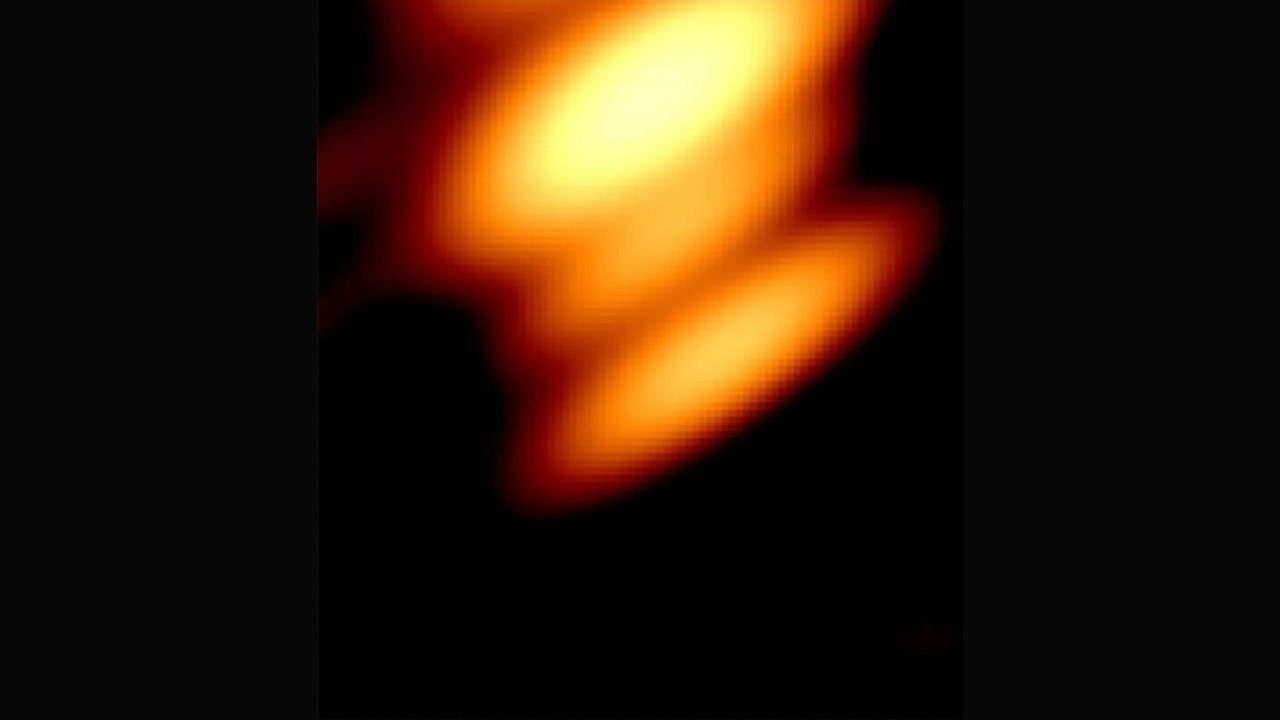Astronomers Discover Oldest Comet: The Mysteries of 3I/ATLAS

A remarkable discovery by British astronomers has unveiled a mystery interstellar object that is likely the oldest comet ever observed, named 3I/ATLAS. This fascinating comet, rich in water ice, is unique as it is the first object confirmed to have originated from a completely different region of our galaxy, marking a significant moment in astronomical research and understanding.
Historically, only two other objects have been documented as having entered our solar system from outside. However, unlike these previous interstellar visitors, 3I/ATLAS is traveling along a steep trajectory that indicates its origin from the Milky Way's "thick disk." This area is home to ancient stars that orbit above and below the relatively flat plane where the majority of our galaxy's stars reside.
Matthew Hopkins, an astronomer from the University of Oxford, provided insight into the significance of this discovery. He noted, "All non-interstellar comets, such as Halley's Comet, formed within our solar system and are up to 4.5 billion years old. In contrast, interstellar visitors like 3I/ATLAS have the potential to be considerably older. Our statistical analysis suggests that 3I/ATLAS is very likely the oldest comet we have ever seen. This comet could be around three billion years older than our solar system itself."
The comet was initially detected on 1 July 2025 by the ATLAS survey telescope located in Chile, at a distance of approximately 670 million kilometers from the sun. For context, Earth is situated about 149 million kilometers from the sun, making 3I/ATLAS's distance noteworthy for astronomical observations.
Professor Chris Lintott, a co-author of the study, emphasized the significance of this discovery, stating, "This is an object from a part of the galaxy we've never seen up close before. We estimate there’s a two-thirds chance this comet is older than the solar system, indicating it has been drifting through interstellar space for eons."
As 3I/ATLAS approaches the sun, the rising heat from sunlight will warm its surface, leading to the outgassing of vapor and dust that creates a comet’s characteristic glowing tail. This event will provide a stunning visual spectacle for skywatchers.
Excitingly, members of the public can look forward to observing 3I/ATLAS in the upcoming months, as researchers predict that it should be visible through reasonably-sized amateur telescopes during late 2025 and early 2026. This is an extraordinary opportunity for astronomy enthusiasts and the general populace alike to witness a celestial phenomenon that has traveled across the cosmos for billions of years.



























